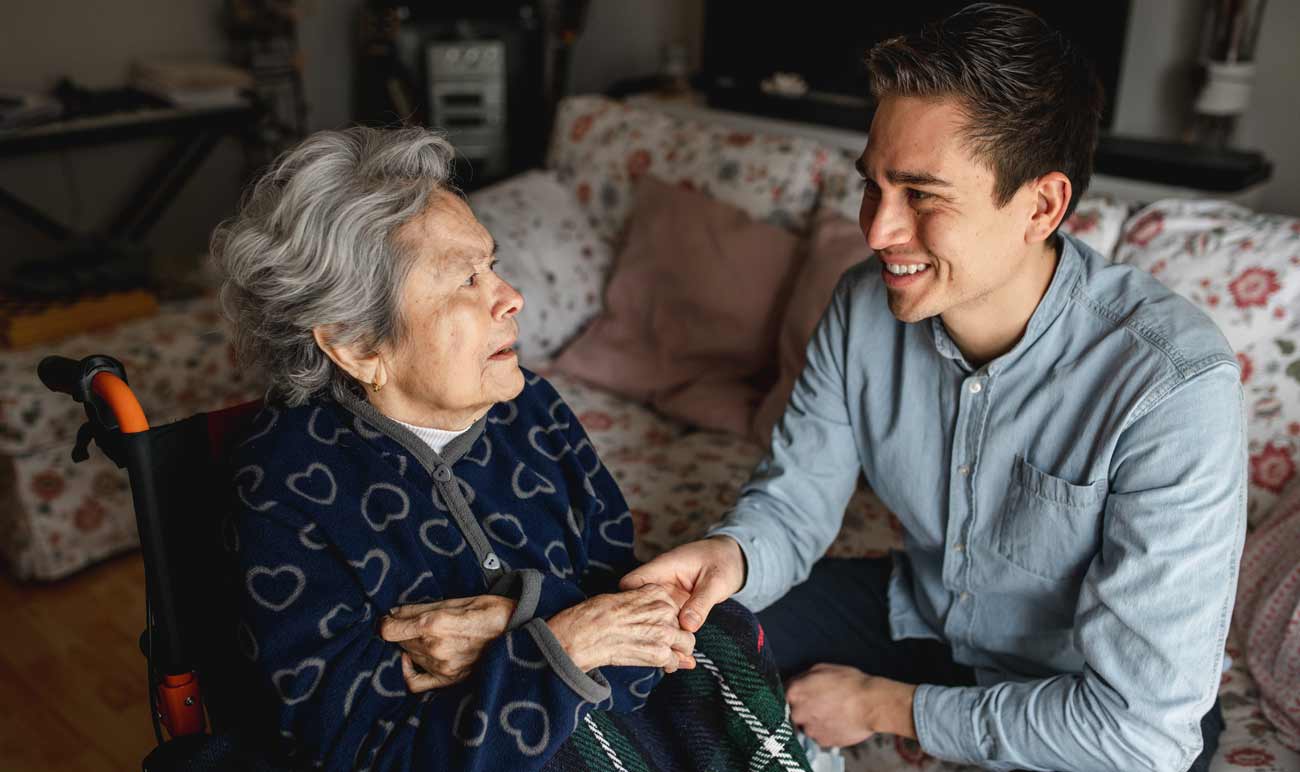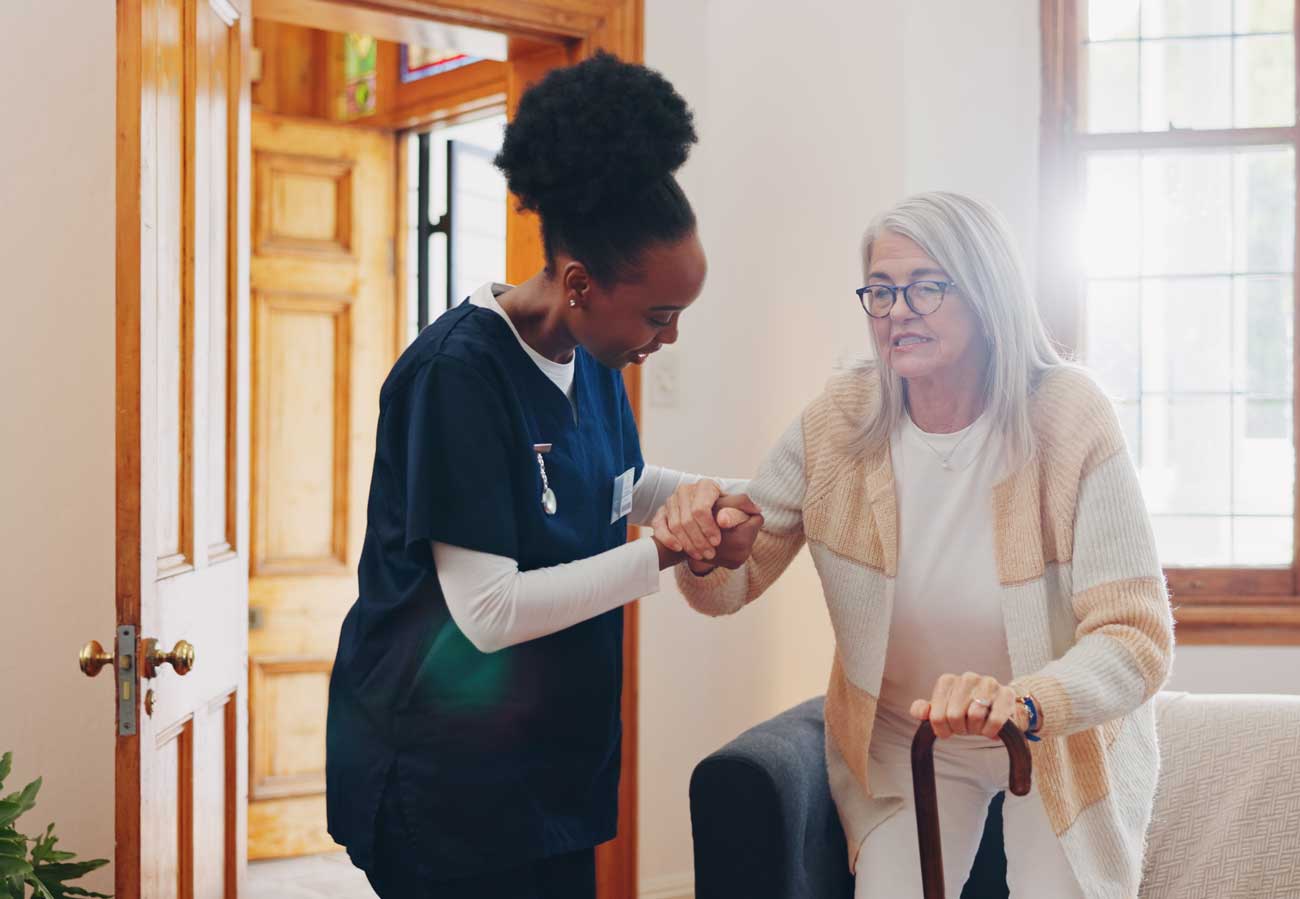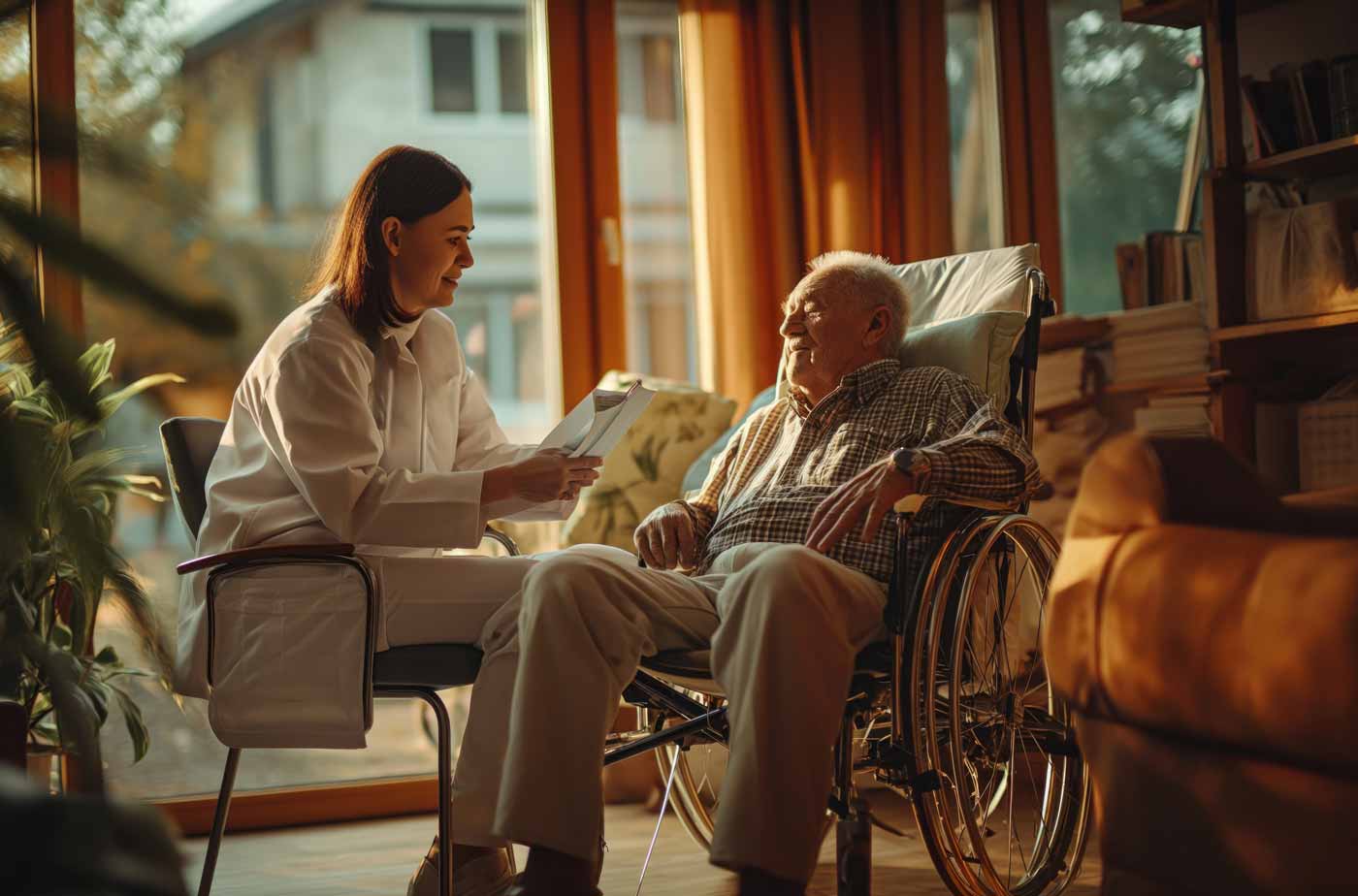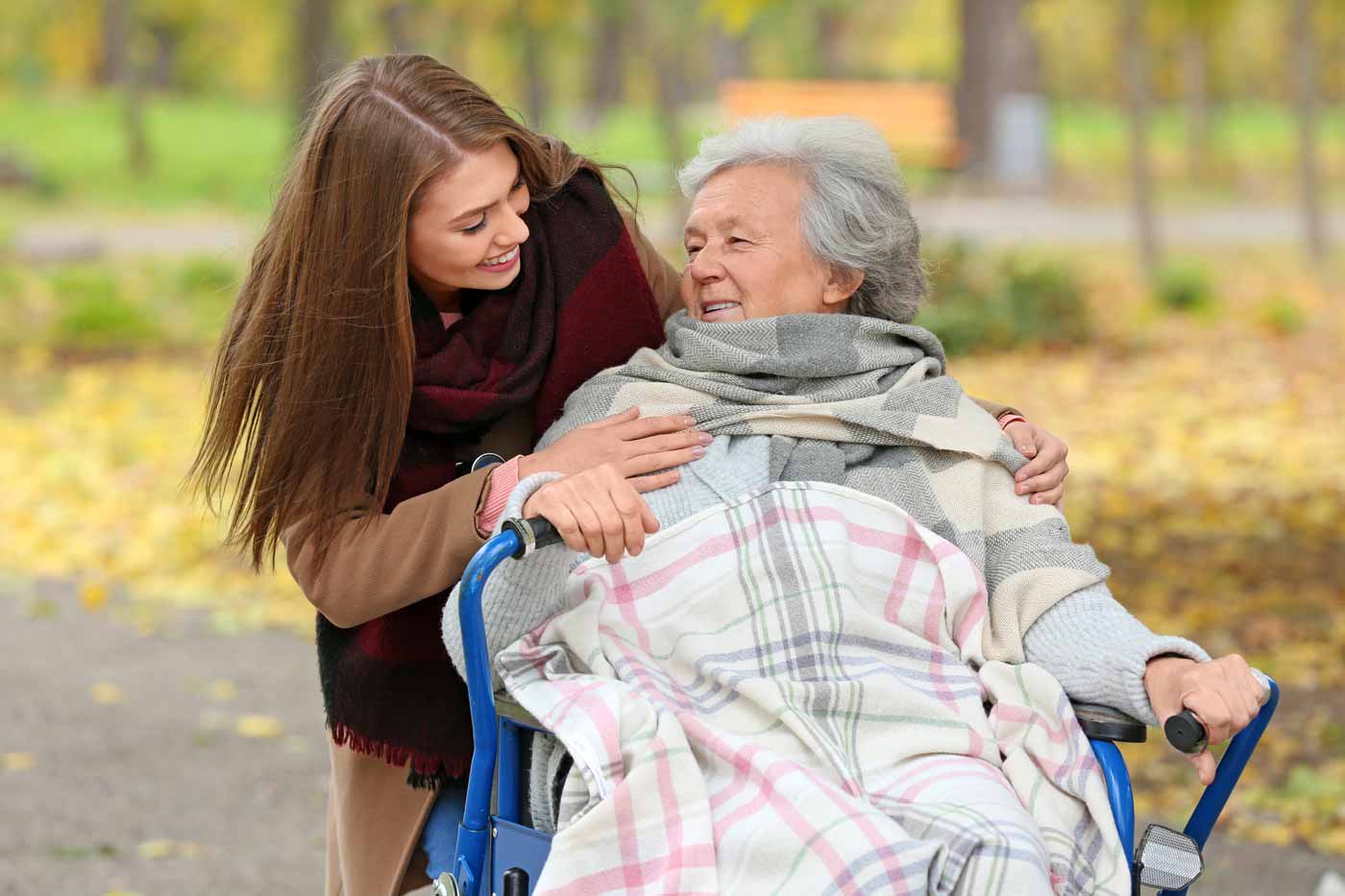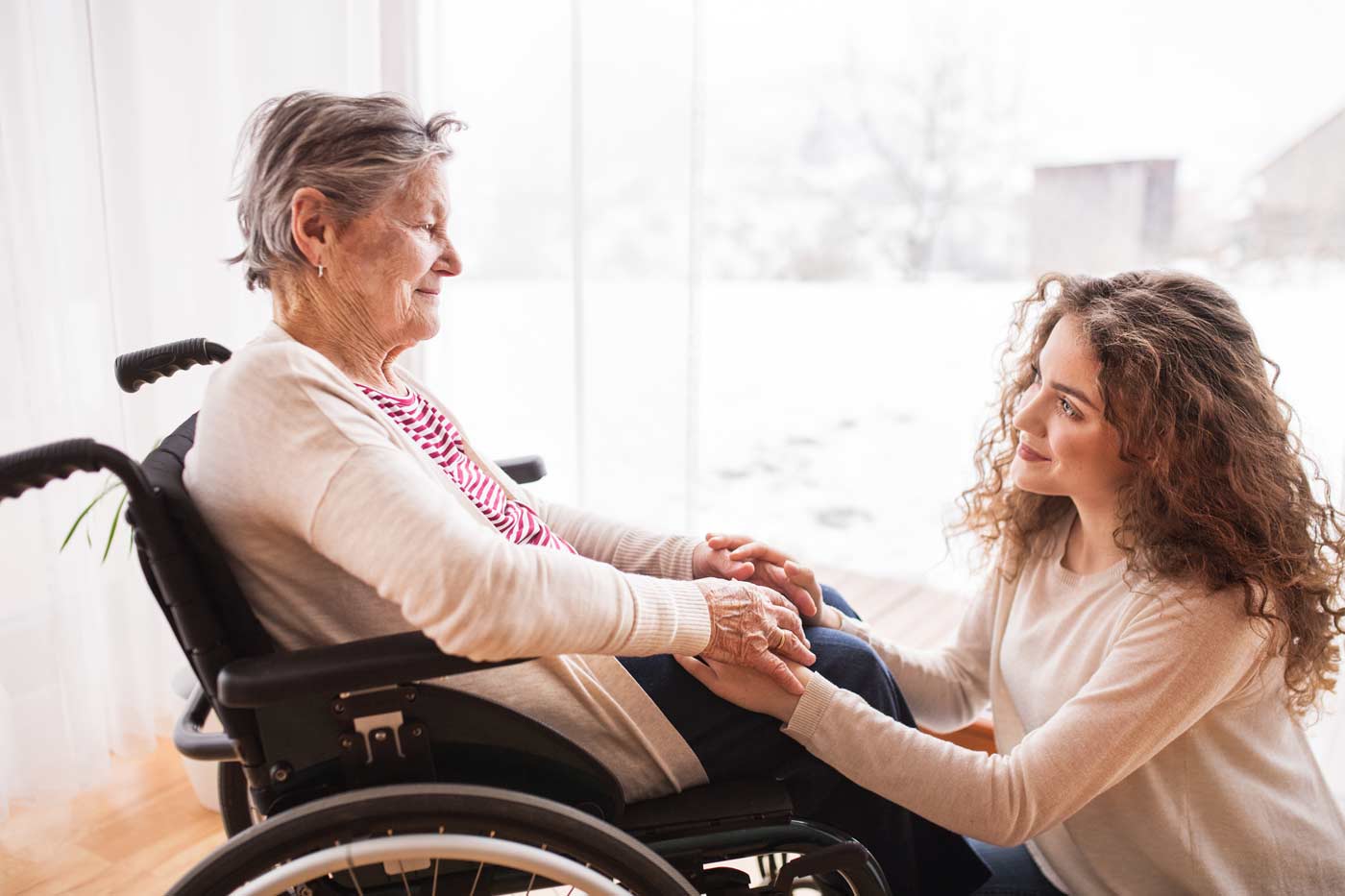Resume summary
The summary of the resume is a brief statement that presents your best qualities and achievements as a caregiver. This is your chance to make a good first impression on your future employer.
Caregiver skills
This part of the resume highlights the skills that will allow you to successfully care for an elderly or disabled person. Make sure to focus on both hard skills, such as your knowledge about the illness or disability, creating a safe environment, and assisting with daily tasks, and soft skills like communication abilities, patience, and empathy.
Work experience
In this section, you should list your professional work experience, including the name of your past employers, dates, and your main responsibilities.
Education
Your educational background shows that you have the specialized knowledge required for providing high-level care. Indicate what university or school you attended, what were your major and minor degrees, and your year of graduation.
Certifications
If you have any relevant certifications or licenses, such as home health aide certification, dementia care certification, or CPR and first aid certification, make sure to mention them in this section.
Languages
Speaking another language is a clear advantage when looking for a caregiver job, as it will allow you to communicate with patients from a wider range of backgrounds.
References
References from previous employers will confirm your competency and credibility. Even if you have never worked as a caregiver before, you may still have plenty of relevant personal experience. For example, you may have helped an elderly family member or relative with activities of daily living or volunteered in a senior center.
Now that we’ve determined what elements you need to include in a CDPAP resume, let’s see what it should communicate to your potential employer.

